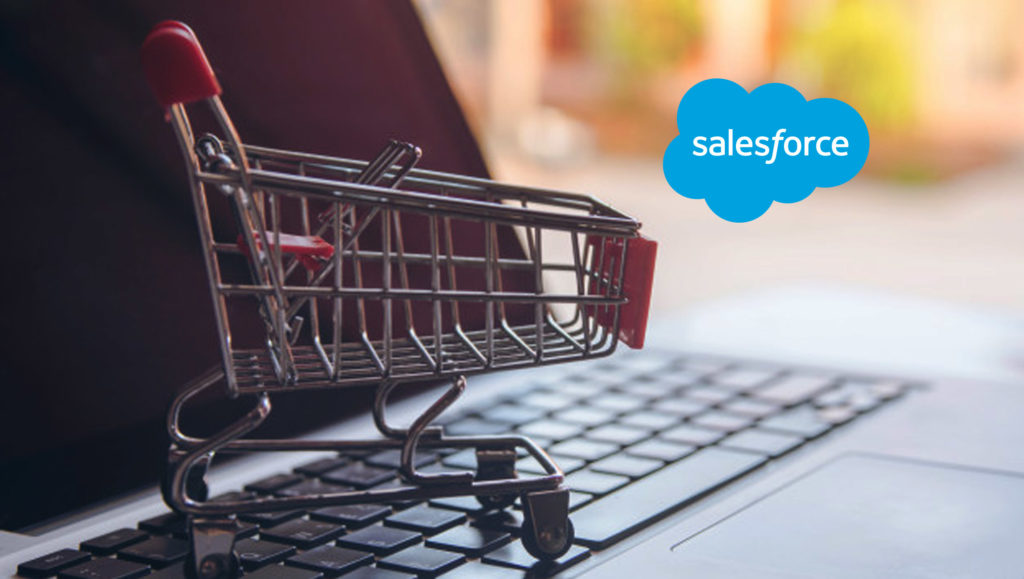Salesforce came out with its latest and broadest consumer behavior study. The Connected Shoppers Report, 2019 by Salesforce is a comprehensive study on 10,000 global shoppers and their expectations from the retail sector.
Key Areas Scoured
The research carried out by Salesforce brought to light many insightful findings. It looked into the area of the crowded retail landscape to uncover how brands, retailers, and marketplaces differentiated amongst themselves. The report reveals the key drivers behind the loyalty of shoppers towards certain brands.
Additionally, it also explains how physical stores are evolving to meet consumer demands in an era predominated by digital purchases.
Read More: Role Of CRM In Retail Environment
Shopping Today Looks Nothing Like Its Former Self
Buying behaviors keep changing day by day. Constant connectivity, products dedicated to niche segments, and hyper-personalized engagement trends have their significant roles to play. Organizations are constantly adapting their business models while consumers engage in browsing and buying from multiple digital channels.
Online marketplaces like Amazon, eBay, and Alibaba continue to represent 47% of online shopping while retailers like Walmart, Carrefour, and Woolsworth share over 26% of the online sales marketplace. The report also mentioned the rise of direct-to-consumer (D2C) business models. Emerging digital purchase points like Instagram, WeChat, and Pinterest account for 9% of online purchases.
The Key(s) to Loyal Customers
Salesforce reported that 86% of the surveyed shoppers bought from retailers, brands, and online marketplaces. The increasing loyalty of present-day consumers is largely driven by their desire to be felt understood and special. Consumers will return for repeat purchases if their unique needs are catered to, and if they are offered exclusive shopping experiences.
Brands need to engage customers in places customers prefer, not the other way around. Not to forget, offering customized/limited edition products and loyalty programs help the cause to a great extent. Nearly 80% of consumers are likely to buy from brands that have a loyalty program intact.
Read More: Ex BT Boss Gavin Patterson Joins Salesforce As Chairman For EMEA Region
Retailers nowadays are realizing the potential of Commerce Cloud in engaging and serving customers. Salesforce Commerce Cloud, for instance, helps brands provide seamless customer service and experience. The unique aspect of Salesforce Commerce Cloud is that it merges functionalities for e-commerce, online store, and mobile-first POS, order management, in addition to predictive intelligence under a single platform. It allows customers to have truly unified, Omnichannel experience wherein they are able to buy products via stores and return them online, raise service requests on social media and expect a representative in service center to have the information available.
So, What Does the Future Hold?
Shopping activities are bound to occur on multiple touchpoints – industry’s physical and digital properties and beyond those, on third-party storefronts. Buying a dress on Pinterest, asking Alexa to book your cab, or instructing Siri to order coffee for you, “shopping at the edge” is a trend bound to thrive. As concerns the relevance of brick-and-mortar establishments, those will still continue to be a cornerstone of the retail sector in the years to come. Shoppers regard physical outlets as the main avenues for discovery, experience, and fulfillment.
In-store experience is still a shopper’s primary choice and continues to drive engagement and sales at best. How else would you justify the fact that 67% of customers actually bought something else while visiting a store to make a return?
Read More: Talkdesk Zoom Integration Creates Customer-Centric Contact Centers




















